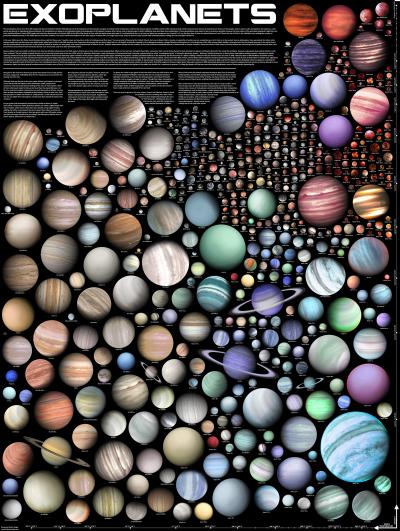
Credit: Martin Vargic
Until recently, we only knew of the planets in our Solar System. We knew it was likely that there were planets elsewhere in our galaxy, but we had not found any. That all changed in 1992 when the first exoplanet was detected. An exoplanet is what we call a planet that orbits a star that is not our Sun.
Since 1992, more than 5,000 exoplanets have been discovered! Each time, we add more information to the huge database of knowledge about these worlds. We do so by measuring, calculating, or inferring their properties. This helps us identify places that might be able to support life!
This project uses the Extrasolar Planets Encyclopaedia. This is a free online resource which gives you access to real data from thousands of exoplanets.
As you work through the project, you will use the various options to create charts and graphs. You will then look for trends or patterns in the data. This will help you understand what we know so far about these distant worlds!
By the end of the project you will:
- Have used software to view and explore real data
- Know the various properties of exoplanets
- Be able to confidently look for patterns and trends in a large data set
- Have considered any bias in the data or assumptions you have made
Use the items in the menu to:
- Research the history of hunting for exoplanets and different detection methods
- Explore the properties of exoplanets
- Read through the instructions and resources
You will then be ready to use your knowledge to investigate exoplanets!
